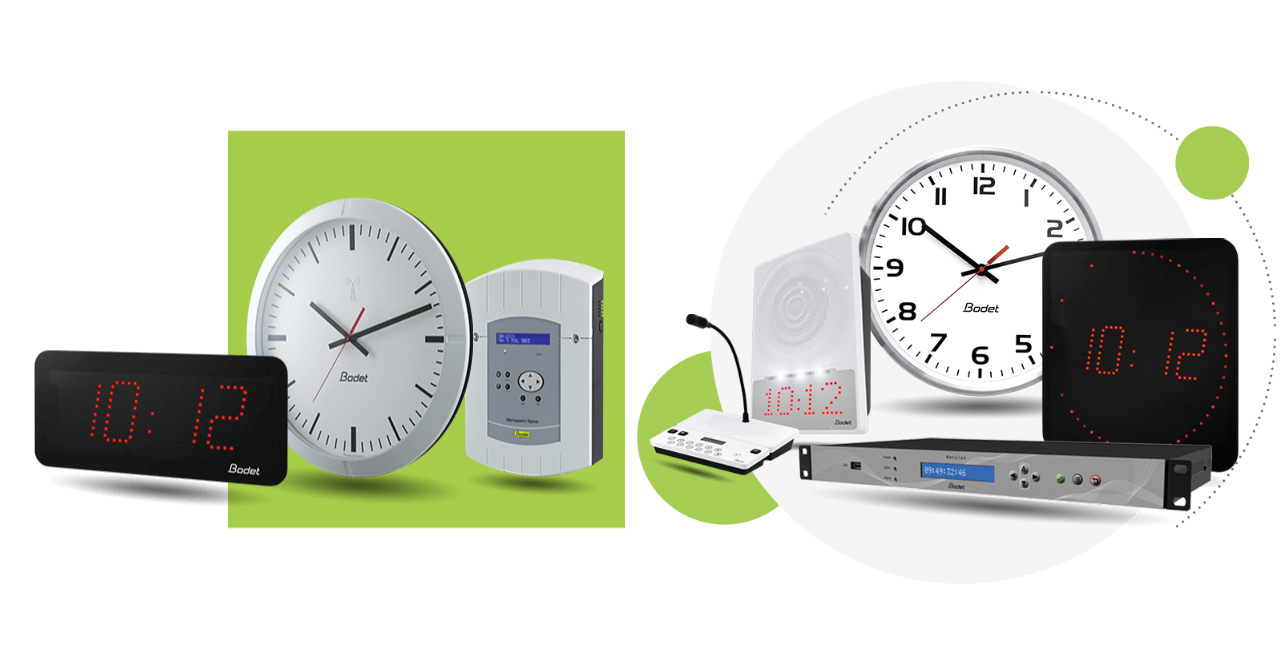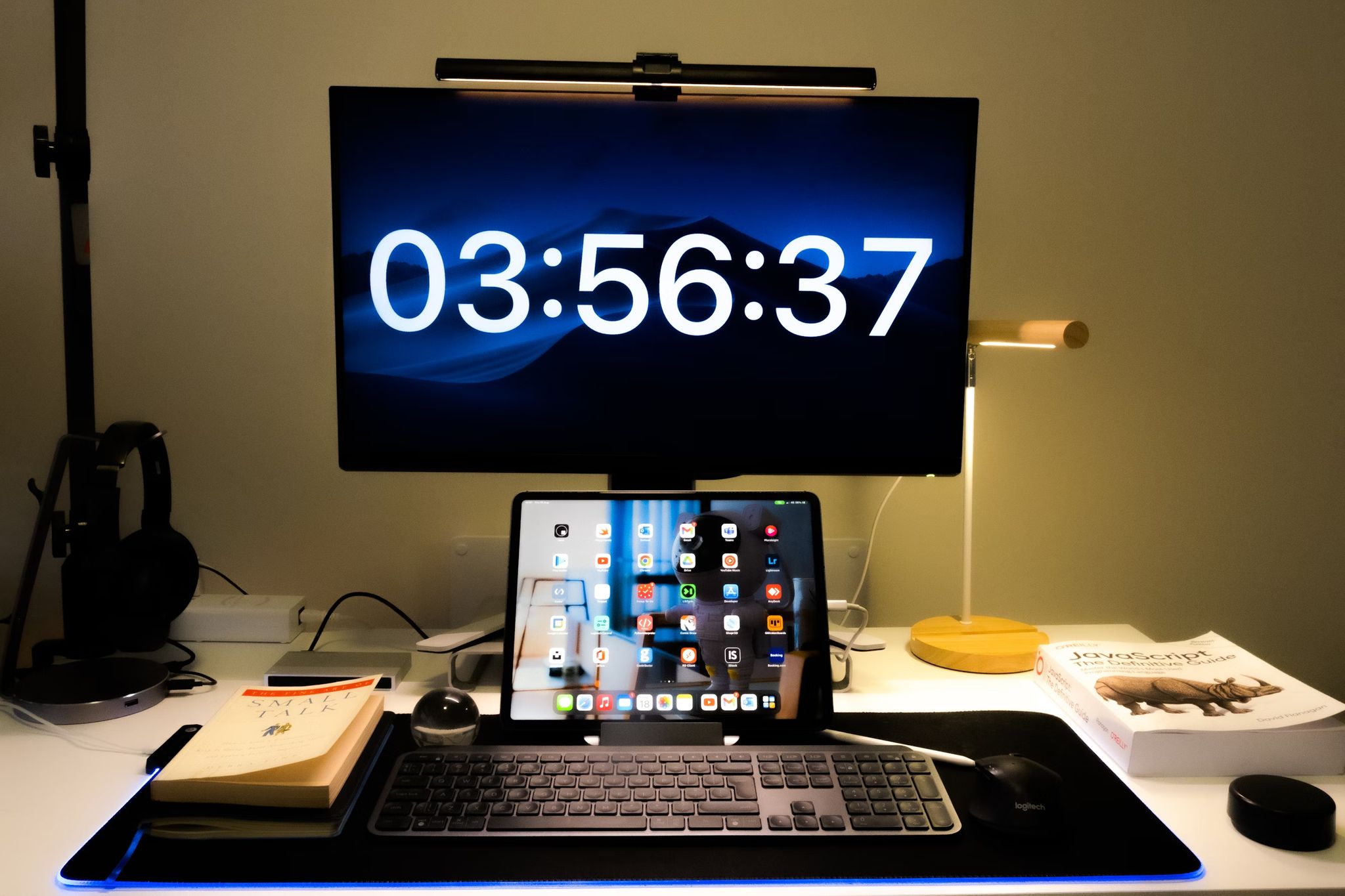Enterprise contact centers are becoming extremely complex, using technology from multiple vendors to meet specific customer requirements. Today, clients are using new media types such as smart phones and tablets to reach out so you need to explore new technologies such as cloud services to consolidate and improve your delivery.
Why Test the Customer Quality of Experience?
When you change or deploy new technology you need to understand the caller’s perspective, from the greeting through to the agents desktop. Testing will do three things for you:
- Maximize ROI by reducing your system down time and accelerate payback when deploying new technology
- Reduce your Risk, with multiple vendors within our systems. Interoperability issues can occur and can be addressed before deployment
- Improve Customer Satisfaction by validating the actual customer experience.
What do You Test For?
- Infrastructure – This encompasses everything from the carrier network through to the desktop. By placing real calls from the outside in, you effectively test your voice gateway, the PBX, SIP trunks, load balancing rules, and the effect Data traffic could have on Voice Quality. You should be able to understand how many calls per minute the system can connect, how the carrier handles overflow, the number of failed calls, busy signals, and ring no answer, etc.
- Self Service Applications – technologies such as speech recognition and IVR are crucial to ensure that calls are handled efficiently. By testing you can understand if the correct prompts are being heard, if your time to connect is acceptable, if the database lookup performing correctly under load conditions, or simply if the responses correlate correctly to the user input.
- CTI Routing – is the integration between the IVR and external systems working correctly, and is the CTI application receiving the correct data
- CRM Integration: Are the screen POP’s coming on time and are the agents getting the right information, with the right call, at the right time.
With a comprehensive plan you can test connectivity by changing the volume of calls or the mix of calls to simulate your defined and expected real world customer conditions and record accurate results. Detailed behaviour reports are important to allow you to create actionable tasks that address details of what level of load any failures occur.
StressTest allows you to understand how your systems will react to callers rather than letting your customers react to your system.





